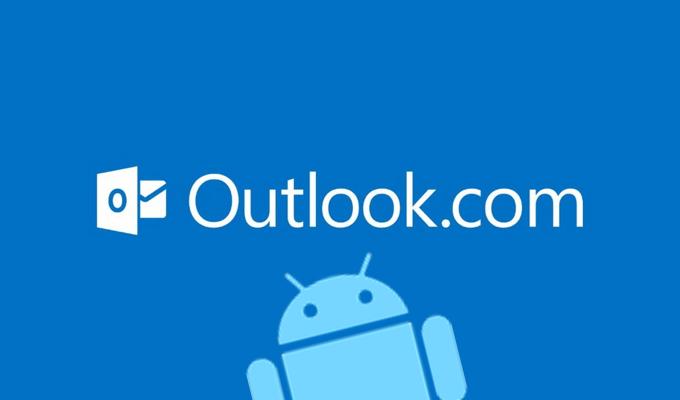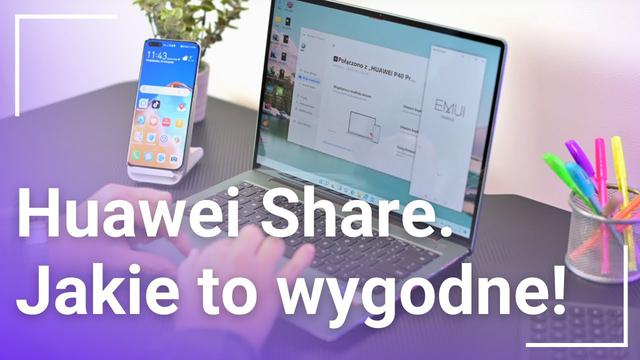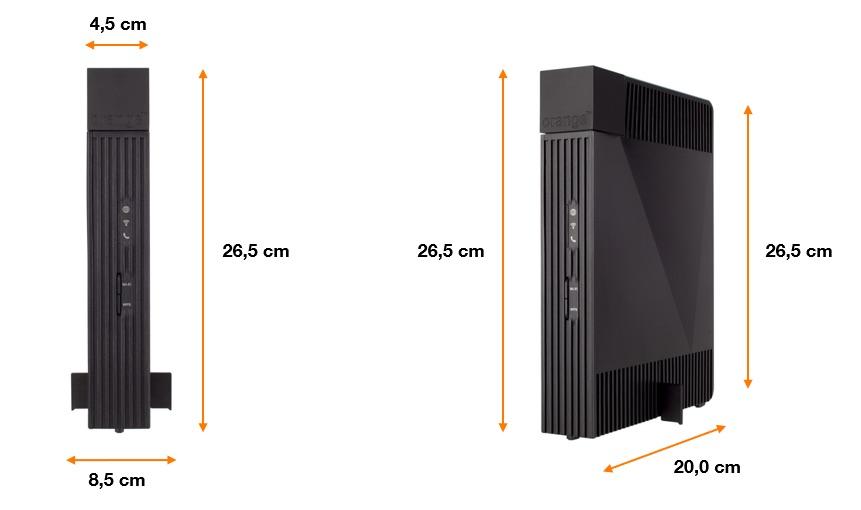- SPIDER'S WEB
- Technologie
- Tech
In the case of Android, the situation looks quite different.And let me not write it in the steps, because there would be at least 30 of them, and for each of them a few variables in points.
In short, the configuration of the new Android device could be described with the words: it's complicated.Because there is really no such thing as a "Android smartphone".There are smartphones Samsung, Huaweia, Oppo, Xiaomi, OnePlus, Motorola etc.Each of them uses their own software based on the Android operating system.It is, however, that the average consumer identifies all these smartphones with a green robot and treats them (quite rightly) as part of the common platform.After all, on each of the devices (not counting, of course, Huawei smartphones) today we find Android in Google, with services and applications from Google.So we have the right to expect that even using the devices of different manufacturers we will get the same experience from use, including restoring settings from an old phone.
Meanwhile ... it's complicated.
What does the configuration of the new Android smartphone look like?
We start as standard - we choose the language, connect the phone to the Wi -Fi network, accept the necessary consent in the regulations.Standard.Then comes the first fork on this complicated path: the question is whether you want to restore the settings from the previous device and how you want to do it.
Manufacturers give us various selection options here: we can restore a backup stored on the Google account, we can transfer data from another phone call or use the manufacturer's original solution.If our earlier phone was an iPhone, it is possible to log in to the iCloud account.
What happens next - it depends.Logic suggests that the surest option to restore settings on the new phone is to restore a backup from Google.We do so and ... we restore Google account, connections, contacts and applications.Everything is fine, right?Well, no, because it's the only thing we restore.When reproducing backup, the system does not restore the desktop system, application login data or specific programs settings.After restoring the Google account backup, we must log in to each application manually and manually arrange programs on the desktop.

The best chance of success is used to use the solution prepared by the manufacturer.For example, in Samsung smartphones it is a smart switch - with its help we can transfer data from an old phone phone by using direct transmission (wired or wireless), or playing a backup from the cloud.This first way out is in fact the only effective method of full reconstruction of Android smartphone, if of course we change to the smartphone of the same manufacturer.Recreating a backup from a cloud often only results in partial success, acting roughly as a backup restoration from a Google account.
An attempt to transfer data from the iPhone to an Android smartphone is a total failure.Here again Samsung stands out the most, which in its Smart Switch application allows you to log in to the iCloud account and synchronize the most important elements.This option, however, does not allow the installation of the same programs that we had on the iPhone, or even the transfer of settings.Again: the burden of installation, logging in and re -arrangement of icons on the desktop falls on a new user.
Google obviously has its own migration tool with iPhone.We can find them on this page and it is ... Google disk.If we install a Google disk on the iPhone, we can make a backup of contacts, calendar events, as well as photos and videos on it.After starting the Android smartphone, we can recreate this backup.
Against the background of the opposite direction of Google migration, it is really miserable.In 2015, Apple created a special Move to iOS application for this purpose.As we read on the service page:
The following elements are transferred: contacts, news history, photos and video from the camera, websites for websites, postal accounts and calendars.Some free applications will also be moved if they are available both in the Google Play store and in the App Store.After completing the transfer, you can download all recognized free applications from the App Store.
That's right - moving from Android to iOS, the iPhone can automatically download the same free applications that we used earlier and suggest the equivalents of paid programs, which may not be on iOS.Again: a point for Apple.
A problem that nobody wants to solve ...
... and which probably hardly anyone sees.For me, as a smartphone reviewer, this is a permanent irritation point accompanying each test.When a smartphone arrives for testing, I have to spend at least half an hour to actively restore it to factory settings.The fact, restoring the iPhone also continues - but it is done completely without my participation.The phones lie side by side and after a few minutes they inform me that the change is over.I can postpone the SIM card and use the new device.
The average user will probably not see a problem.If only because the average user changes the phone once every 2-3 years (not once every 2-3 weeks), and when he does it, usually thanks to the brand's sentiment he holds the devices of the same manufacturer.Nevertheless, the problem exists, and the fact that it affects relatively few users does not mean that it is not worth taking care of it.The more that on iOS the configuration of the new device - no matter if we change from the iPhone or from the Android smartphone - it is fabulously simple.
I am looking forward to the day when configuring the new Android smartphone will be just as easy.However, judging by the fact that since 2015 Google cannot create a sensible alternative to Move to iOS, I will probably wait.
Tagi: Androidandroid kopia zapasowaAppleGoogleiosiphoneiphone kopia zapasowakonfiguracja telefonu z androidemmove to iosswitch to android

